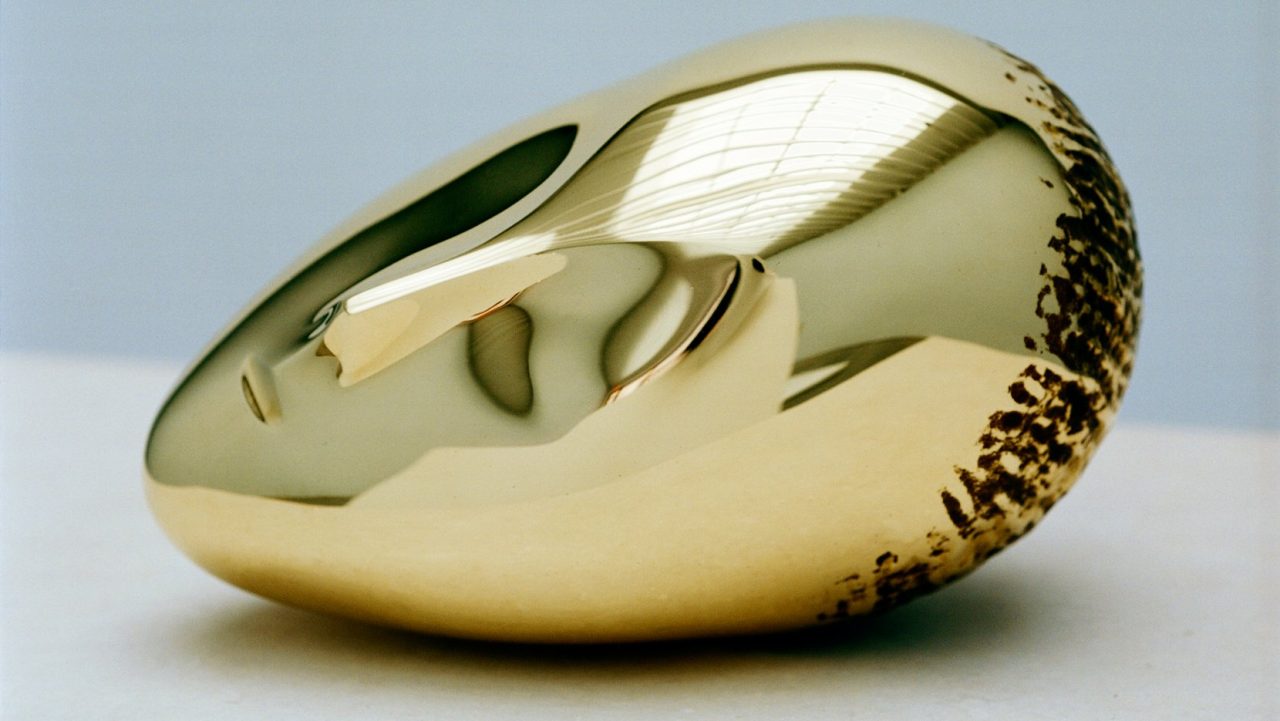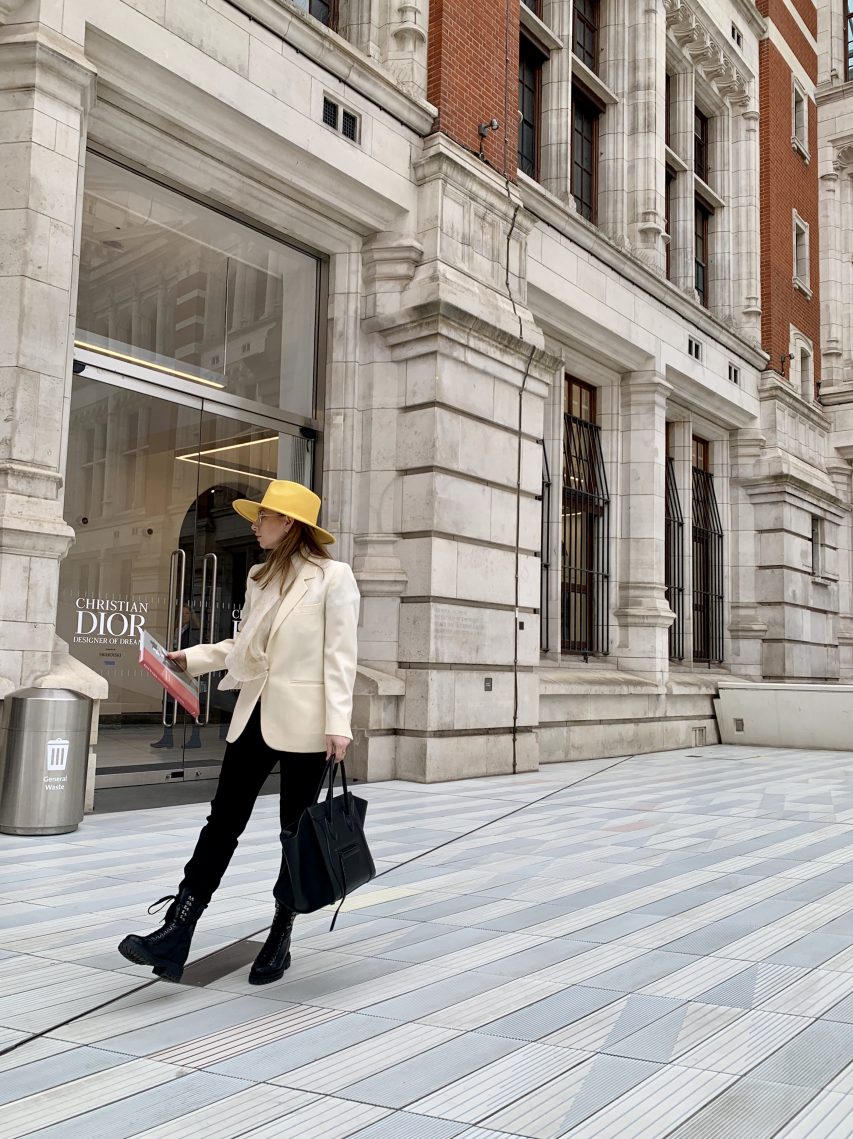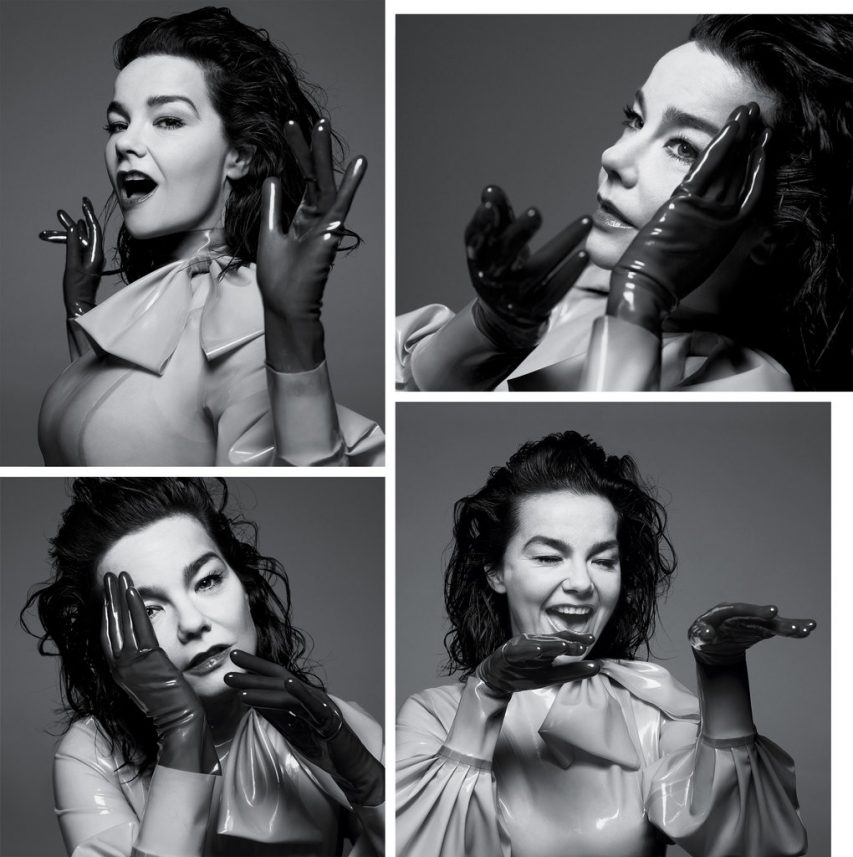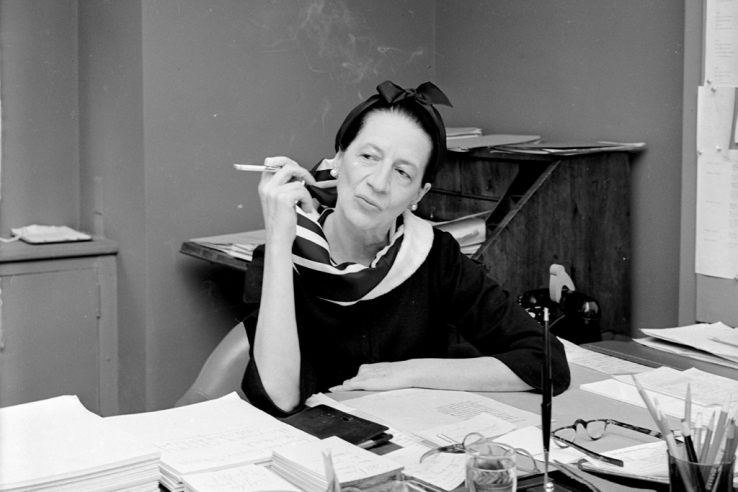CONSTANTIN BRANCUSI
and the relation with
AUGUSTE RODIN (his mentor)
“To see far is one thing, going there is another.” Constantin Brancusi
Constantin Brancusi was born on February 19, 1876, in Hobiţa, Gorj county, at the foot of the Carpathians. He is the fifth child of Maria and Radu Nicolae Brancuşi. Although he came from a wealthy peasant family, Brancuşi leads a modest life, but one of whom would have to collect his landmarks that would guide his late artistic vision.
“What my work is aiming at is, above all, realism: I pursue the inner, hidden reality, the very essence of objects in their own intrinsic fundamental nature; this is my only deep preoccupation.” Constantin Brancusi

The materials Brancusi used – primarily marble, stone, bronze, wood, and metal – guided the specific forms he produced. He paid close attention to his mediums, meticulously polishing pieces for days to achieve a gleam that suggested infinite continuity into the surrounding space – “as though they proceeded out from the mass into some perfect and complete existence.”
From 1905 to 1907, Brancusi trained in sculpture and modeling at the Ecole des Beaux-Arts, in the sculpture studio of Antonin Mercie. Brancusi began working as a studio assistant to Auguste Rodin in 1907. Those three months were critical in shaping Brancusi’s aesthetic.
Brancusi’s second birth – practically, his true artistic potential – began when he left the French sculptor’s workshop, saying that:
“Under the shade of the big trees, nothing grows.”
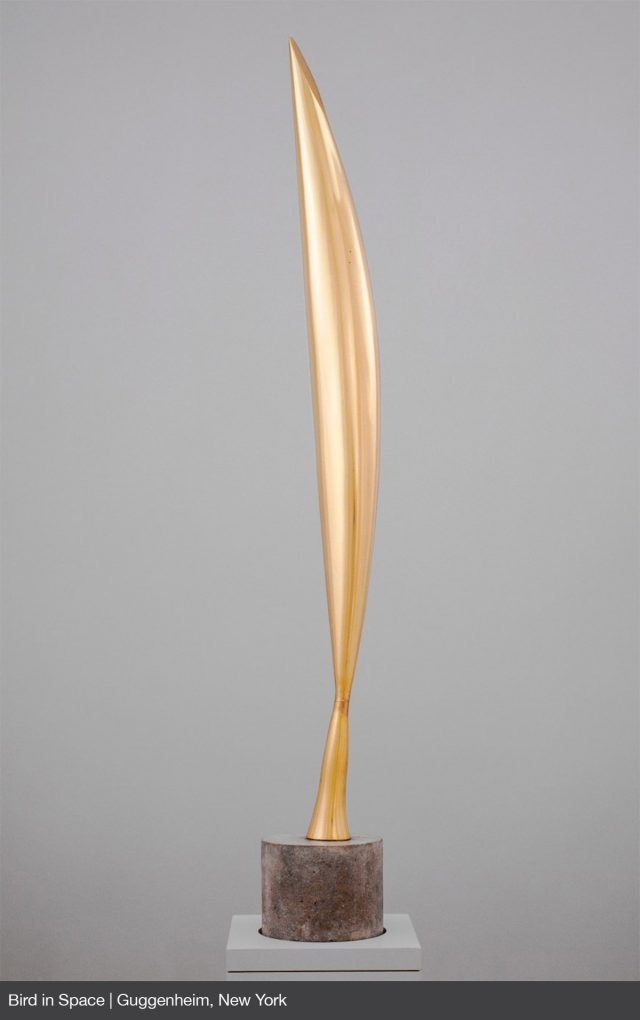
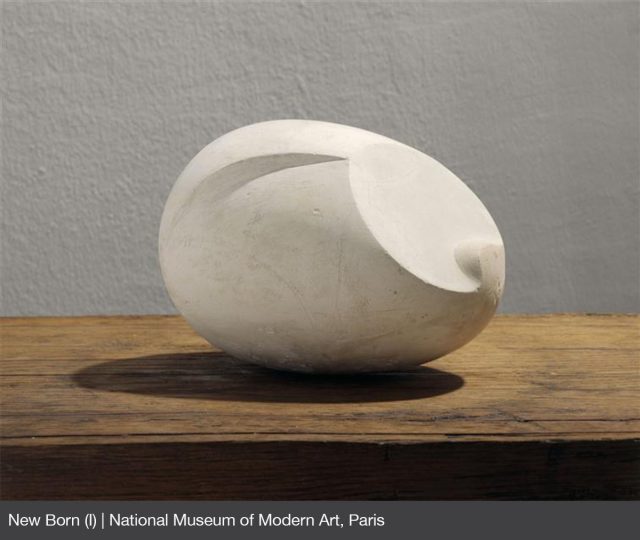
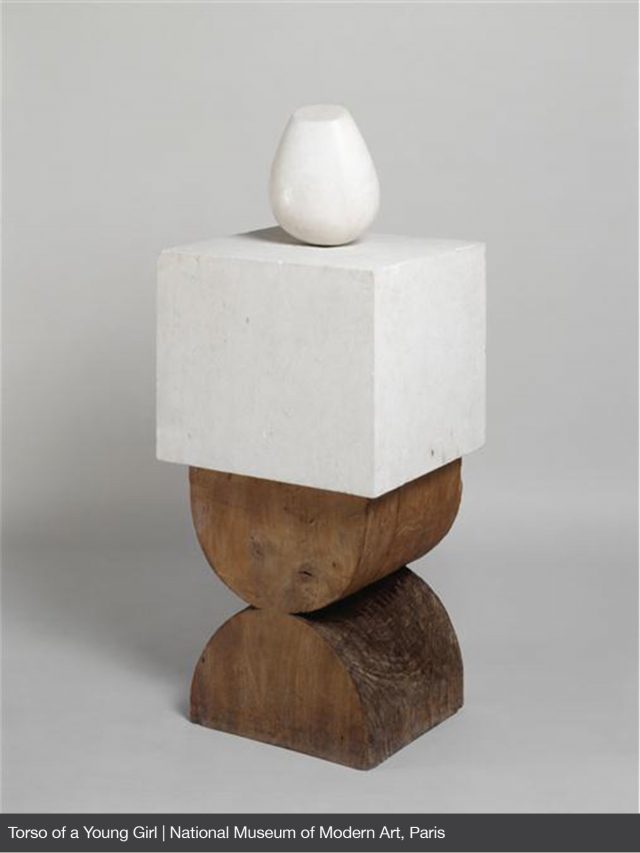
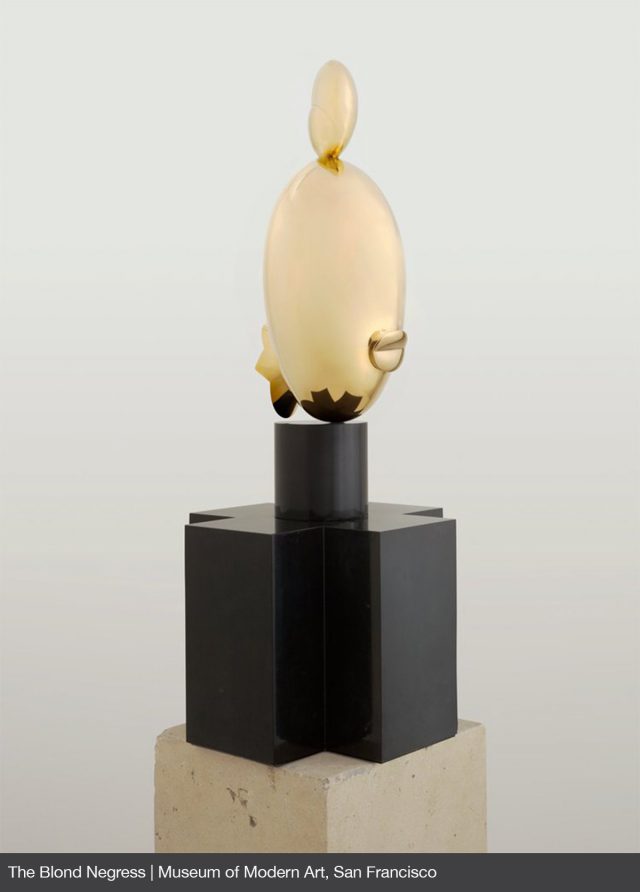
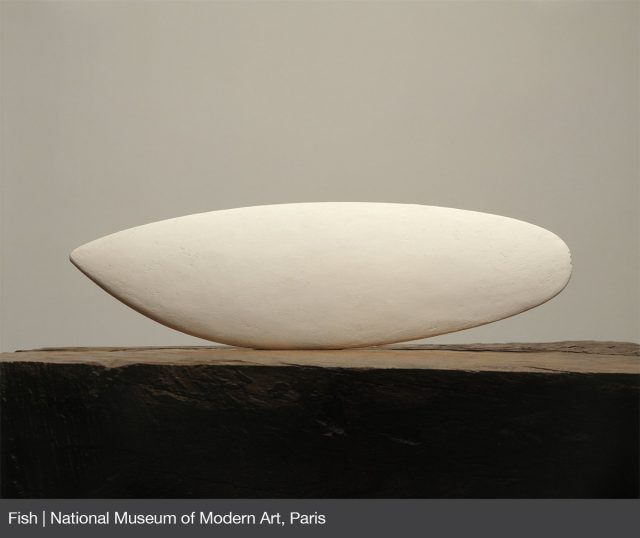
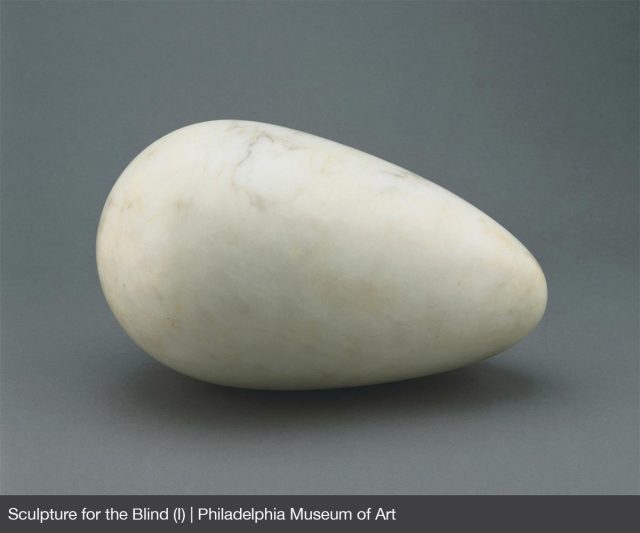
However, in 1952, Brancusi wrote a tribute to Rodin, on the occasion of the fourth “Salon of the Young Sculpture” which took place in Paris.
“From Michelangelo, the sculptors searched for greatness. They just found grandiloquence. There’s no point in giving names. In the 19th century, the situation was desperate. Rodin appeared and transformed everything. His influence was, and remains, enormous. While still living, I was exposed to the “National Society of the Fine Arts” whose president he was. Without consulting me, several friends and protectors, including ASR Queen Elizabeth of Romania, tried to arrange to work in Rodin’s workshop. Rodin agreed to welcome me as an apprentice, but I refused, because nothing grew under the shade of the big trees. My friends, who did not know Rodin’s reaction, were very upset. When he heard my decision, Rodin only said so: »He is right in the long run. He is as stubborn as I am.« Rodin’s attitude towards his art was modest. When Balzac’s sculpture, which is unquestionably the starting point of modern sculpture, was completed, the artist declared: »I should start from now on, to like working.«”
Brancusi established his own style, beginning with squared works such as The Kiss (1907-08). Despite having the same title as one of Rodin’s most famous sculptures, Brancusi’s work was its complete opposite in material and its handling of form and subject. Around 1909, Brancusi started creating smoother, more contoured sculptures in marble and bronze. He produced multiple, yet distinct versions of works such as The Kiss, Maiastra, and Sleeping Muse, and, by 1912, this career-long method of creating serial versions on the same theme was an established practice in his oeuvre.


